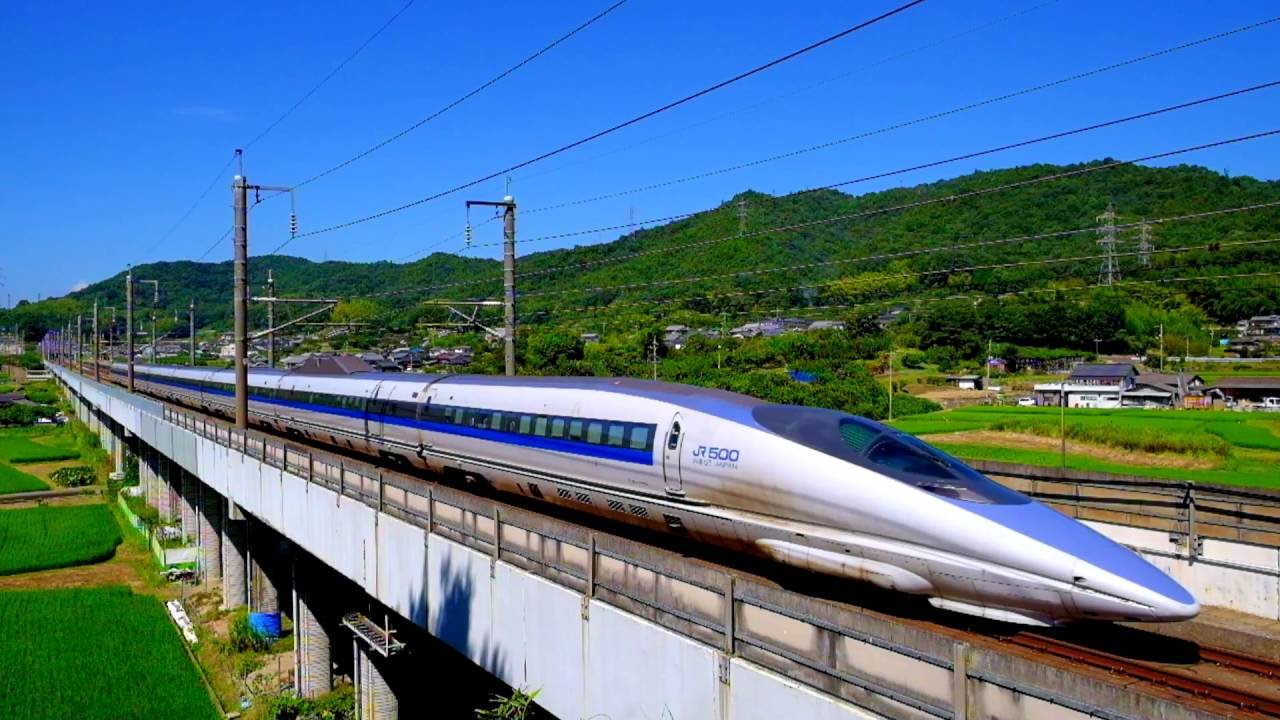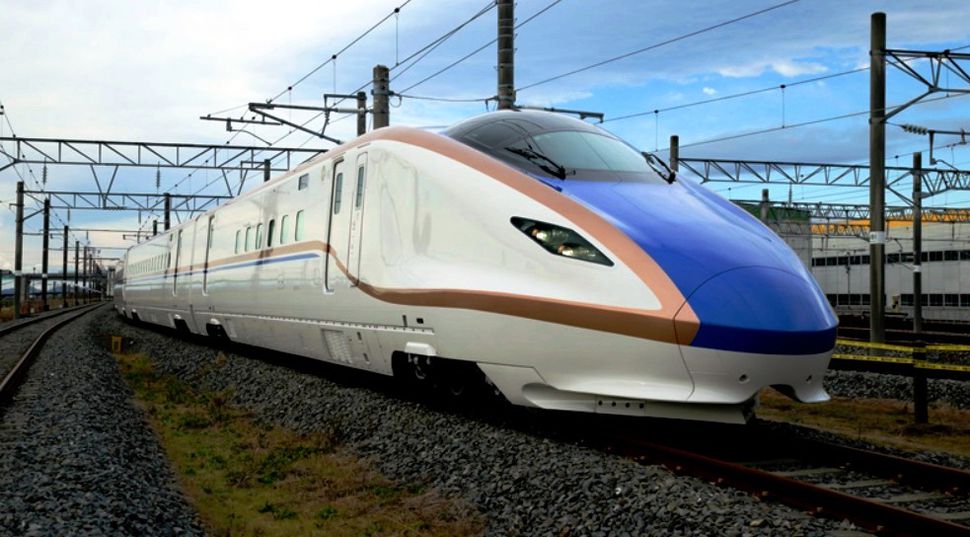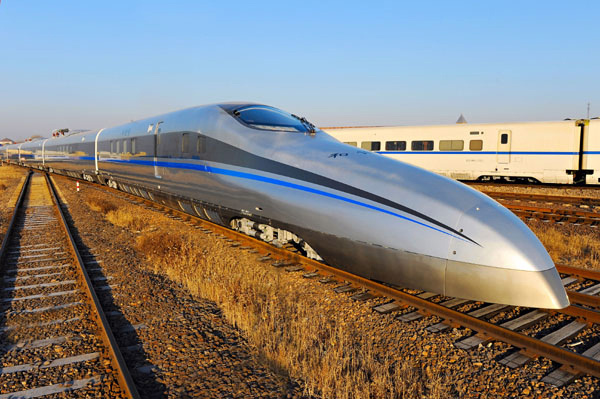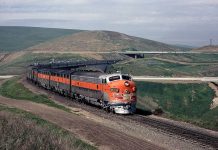What is a Bullet Train?
A bullet train is a term used to describe a high-speed passenger rail train. Originating in Japan, it is so named because of its sleek, aerodynamic appearance and its speed. The actual Japanese word for this rail service is Shinkansen, which, when literally translated into English, means “new trunk lines.”
Public transportation is an important element of Japanese society, as the topography of the island nation limits the amount of available and usable space for roads. For many people, mass transportation is their main means of transportation. In light of this fact, the bullet train was conceived as a high-speed railway that would reduce the travel time between Japan’s large cities.
https://www.youtube.com/watch?v=K5UhZoMriPg
The train achieves its high speed through the use of an aerodynamic shape and technology designed to fully maximize the power of the train. The railroad tracks for it were developed specifically for high-speed rail service. Conventional trains do not run on the Shinkansen lines and high-speed trains do not run on conventional tracks. This allows the trains to run at consistently high speeds, without having to reduce their operating speeds for slower trains on the tracks.
The tracks are not designed to go around hills or mountains. Rather, a system of tunnels and viaducts allow the trains to go through any obstruction, which helps the Shinkansen maintain its high speeds. There are no railroad crossings, no changes of the right-of-way, and limited stops on the route.
https://www.youtube.com/watch?v=2vTBVkKfhXc
The bullet train began service in Japan in late 1964, connecting the cities of Tokyo and Osaka. The original trains traveled at approximately 125 miles per hour (200 kilometers per hour.) This allowed the 320 mile (550 kilometer) distance between Tokyo and Osaka to be traveled in about three hours.
Today, the system consists of eight lines of service throughout most of Japan. It can reach speeds of up to 200 miles per hour (322 kilometers per hour) and make the journey between Tokyo and Osaka in approximately two and one-half hours. Since the Shinkansen began operation in 1964, over 6 billion passengers have traveled on the railway, and there have been no major accidents.

The success of the high-speed rail line in Japan encouraged other nations to develop their own similar programs. High-speed rail is now a fixture of mass transportation in many European and Asian nations. Two of the more notable services are in France and Spain.
The French Train à Grande Vitesse (TGV) line is widely considered to be the most extensive high-speed rail system in Europe. The TGV began service in 1981 between the cities of Paris and Lyon. By 2007, the line had over 200 destinations throughout France and in neighboring countries such as Germany, Switzerland, and Luxembourg. It is estimated that, as of 2009, the system has carried in excess of 1.3 billion passengers since service began.

Spain’s bullet train service, known as the Alta Velocidad Española, or AVE, began service in 1992 between the cities of Seville and Madrid. It has now expanded north to the city of Barcelona and south of Seville to the city of Malaga. Spain is planning future expansion of the line, which would ultimately create a larger network than the French line.

Other nations with high-speed rail include the United Kingdom, Germany, Italy, Portugal Taiwan and South Korea. China began development of its own program in the late 1990s and early 2000s. High-speed service began in Shanghai in 2004, and in 2008, service between Beijing and Tianjin was inaugurated. China is now embarking on an ambitious expansion program to provide high-speed service throughout the nation.
Report : http://www.wisegeek.org/



















